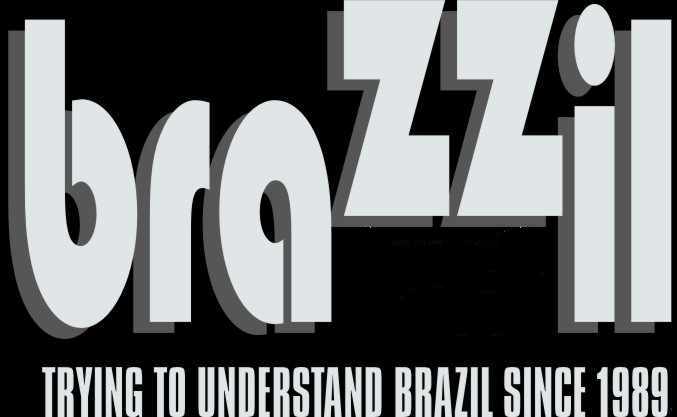The “State of the World’s Cities, 2004/2005” report, issued yesterday in Barcelona by the United Nations Human Settlements Program (UN-Habitat), shows that crime is on the rise in Brazil and identifies São Paulo, Rio de Janeiro, EspÀrito Santo, and Pernambuco as the most violent states in the country.
The report attributes the rise in Brazilian crime rates to increases in organized crime and the trafficking of drugs, firearms, human beings, and endangered species, with the involvement of international and local criminal organizations.
According to the UN, the homicide rate among youth in Latin America and the Caribbean has gone up 77% in the last 10 years, mainly as a result of firearm use.
Another conclusion is that Latin American adolescents are central to the increase in violence.
“Young people are often organized in gangs, which resort to violence to satisfy their economic and social needs,” the document points out, underscoring the fact that 29% of homicides in Latin America occur among youth in the 10-19 age group.
The report also states that Brazilian laws regard domestic violence as a lesser crime, “comparable to street fights, and aggressors are often released quickly by the police.”
According to the UN, prevention and reducing the social exclusion of women are among the ways to deal with these problems.
Another point has to do with sexual crimes against women, who, according to the document, are more exposed to this type of exploitation in Latin America, especially in Brazil and Argentina, than in other parts of the world.
Referring to the example of the city of Rio de Janeiro, the UN points out that the country’s homicide rates vary according to two factors: income and region.
“The homicide rate in tourist areas of Rio de Janeiro is four for every 100 thousand members of the population, which is comparable to the rates in the safest European cities. On the other hand, homicide rates can be as high as 150 for every 100 thousand people in the favelas (shantytowns), poor districts that are only a few kilometers away from the tourist areas.”
The report also singles out the activities of the non-governmental organization, Viva Rio, in Rio de Janeiro, as steps that might lead to the reduction of violence and arms proliferation in Brazil.
Agência Brasil
Reporter: Juliana Andrade
Translator: David Silberstein



